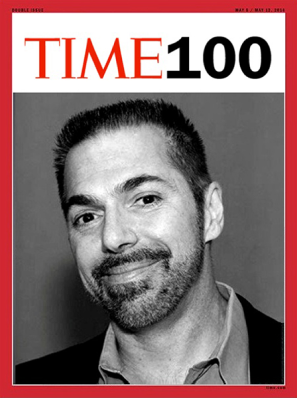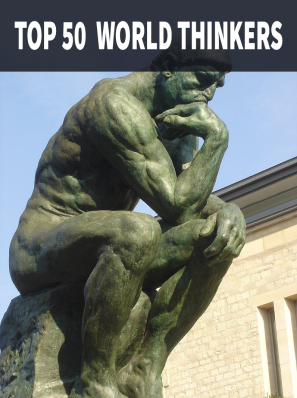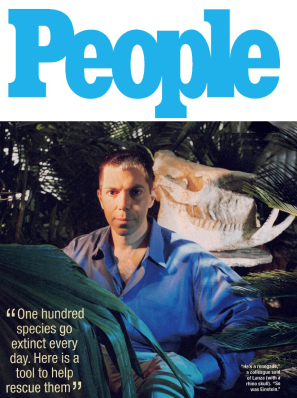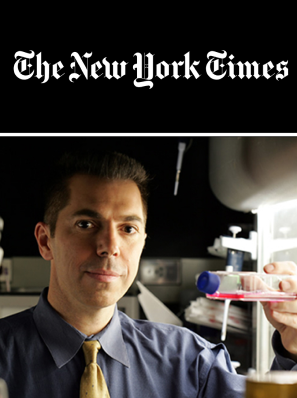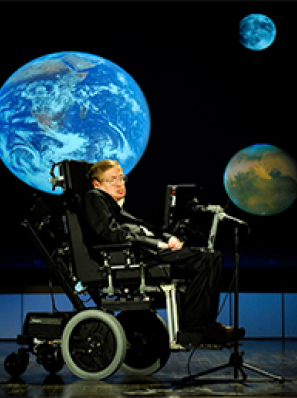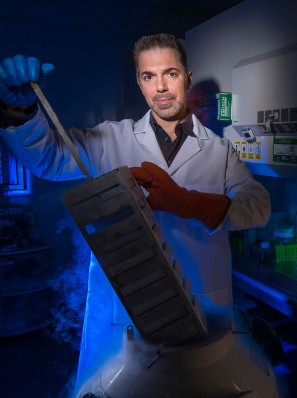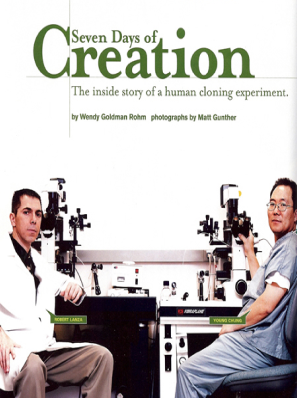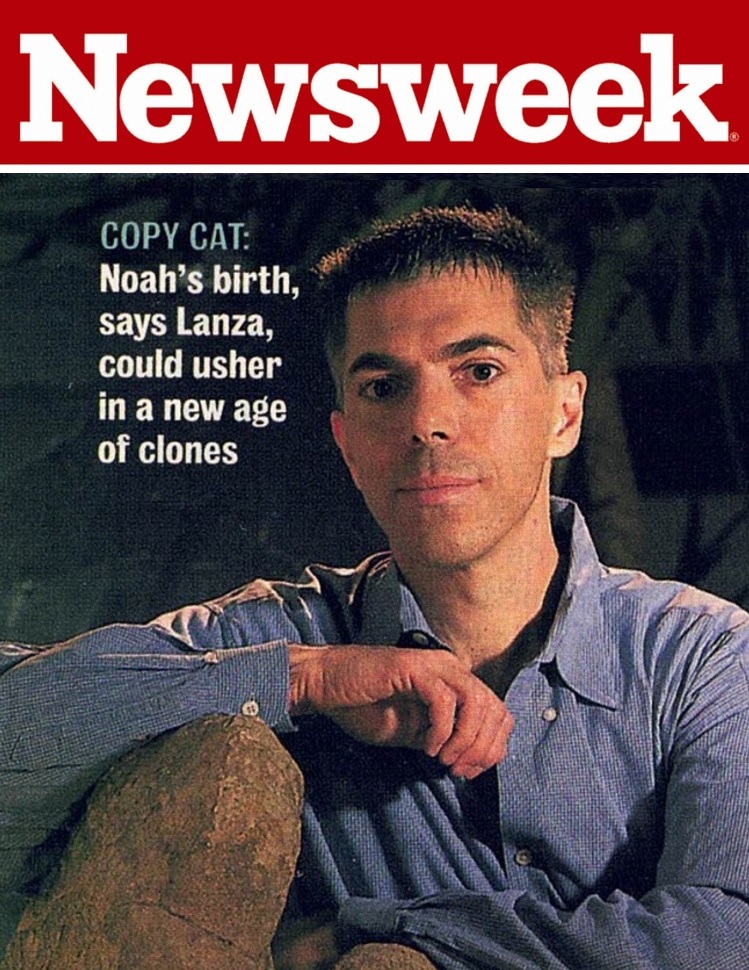Bruce A Fenderson, Ph.D. (Thomas Jefferson University)
Description
Development proceeds from clusters of self-renewing stem cells to beautiful networks of differentiated cells. How stem cells acquire instructions for differentiation from their developmental landscape remains a mystery. When these instructions are revealed, stem cell-based therapies may transform medicine, providing a source of replacement cells and tissues for patients with chronic diseases. This beautiful hardcover book provides a concise and complete introduction to the theory and practice of stem cell research. It includes 69 definitive chapters on topics ranging from “molecular bases of pluripotency” and “nuclear cloning and epigenetic reprogramming” to “ethics of human stem cell research.” The primary focus is on cellular and developmental biology.
Purpose
According to the editors, the aim of this book is to provide the”prerequisites for a general understanding of adult and embryonic stemcells; the …experimental protocols needed to study and characterize stem cells…; as well as a presentation by the world’s experts of what is currently knownabout each specific organ system.” The editors and authors hope the book”will contribute to new therapies of cancer, heart disease, diabetes, and a wide variety of other diseases that presently afflict humanity.”
Audience
The book is written for a broad audience of basic science and clinical researchers interested in cellular and developmental biology. It will appeal to those interested in adult stem cells as well as those interested in embryonic stem cells. Biomedical researchers interested in bioengineering, gene therapy, and oncology will also value this book for its insights into mechanisms of growth and differentiation.
Features
This full-color book is divided into six major sections, covering basic stem cell biology, general methods, organ system-based applications, and regulations and ethics, among other topics. The authors interpret and explain the literature to make each chapter a complete story that educates the novice reader and delights the expert. They carefully document key historical developments in this field and provide examples of up-to-date laboratory findings. Prior knowledge of stem cell biology is not assumed. Each chapter provides an introduction, colorful headers to focus readers’ attention, key words with definitions, and a short list of references for further reading. The full-color figures and illustrations are outstanding and educational. A glossary of key words is included. The book is a delight to read. The authors are leading experts in this field.
Assessment
This is the best book I’ve reviewed on stem cell biology. It is written by developmental biologists for a wide audience. It is comprehensive, yet concise. I particularly enjoyed the chapter on differentiation in early development by Chuva, Lopes, and Mummery. The methods section of the book does not provide detailed protocols, but rather focuses on key concepts and strategies for success. For example, you may want to know what embryonic germ cells look like, or you may wonder how to grow human embryonic stem cells in serum-free medium. The book provides an overview of the basic biology and an interesting discussion of the ethical issues in this rapidly growing field. This is the one book to have for anyone interested in the promise of stem cell research.
It will provide an excellent resource for years to come.
